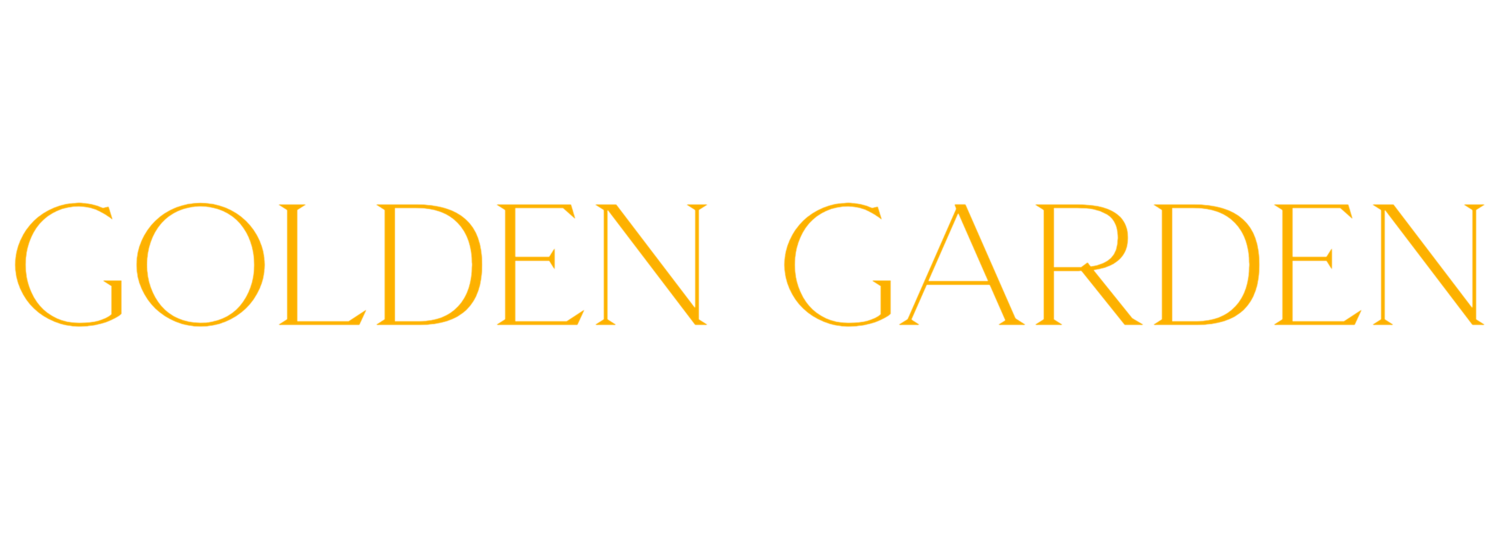

“Tarot cards either clarify, interconnect, or amplify what already exists in consciousness, or else they bring unconscious possibilities into conscious awareness.”
TAROT IN THERAPY
What is the tarot?
The Tarot is an organised pictorial system of 78 cards dating back to 15th century Europe. Originally used in parlour games, the cards eventually rose to popularity as a “fortune telling” device, with a resurgence during the “New Age” movement from the 1970s to the 1990s.
Unfortunately, Tarot still carries some of the sticky stigma associated to scam artists and psychics who claim that the cards can predict the future. I am of the belief that what is divined within the cards, comes from the reader and not the cards themselves. After all, they are but pieces of beautifully printed card full of rich symbolism. They are less connected to the future and more so connected to the present reality of the viewer.
Image: The Rider Tarot, created by Arthur Edward Waite & Pamela Colman Smith, published by US Games Systems Inc.
These days Tarot reading is no longer restricted to your practitioner at the local crystal shop or arts and crafts market. Owning a Tarot deck has become quite common, with people practising in their own homes for comfort, self-reflection, guidance and creative thinking.
It is understandable that Tarot is now being recognised as an helpful practice for self-care and mental health, and not just a plaything. What is more exciting, however, is that the cards are becoming more accepted as an effective tool to inspire introspection, insight and meaning-making in psychotherapy.
Image: A Tarot inspired Art Therapy process

how the cards are used in therapy
If you’re familiar with the theory behind the Rorschach inkblot test, you will know that a person projects aspects of themselves onto external objects, and often unconsciously.
When we use Tarot in therapy, we use the symbolic imagery within the cards to project parts of our unconscious upon.
Each of the 78 cards portray illustrations that are relatable to the human experience, making them an ideal tool for representing themes, issues and feelings we might be faced with.
Some of the symbols may be universal or as Carl Jung called them, archetypal - part of the greater or collective unconscious, whereas others are completely open to our own subjective interpretation, symbols of our personal unconscious.
Working with Tarot cards in our sessions, we focus on what responses the images stimulate in you. We pay less attention to the traditional meanings of the cards, and work with the raw imagery, paying closer attention to the spontaneous thoughts, feelings, memories and sensations that arise.
Our intention is to gather and amplify your own personal associations and ideas, so that you can interpret the cards in a way that make sense in your life and what you are going through.
Images: Amplification of a symbol in The Medieval Scapini Tarot by Luigi Scapini
No prior Tarot knowledge or experience necessary
In fact, I often tell clients that sometimes the less you know of the cards the better.
I will guide you through creative processes and facilitate explorative discussions to uncover your own understanding of the cards and what they signify to you, while strengthening your relationship to the Tarot and your intuitive knowing.
All that is required is curiosity and openness to the pictures you see.
Image: La Llorona Doll, created in response to the “Five of Cups” Tarot card in the Tarot of the Divine by Yoshi Yoshitani
Tarot can be used in therapy in conjunction with Expressive Arts Therapy and Dreamwork, learn more about these by following the links below
EXPRESSIVE ARTS THERAPY
DREAMWORK
Would you like to learn more about yourself using the Tarot?
Schedule a time for a complimentary initial consultation.
You can connect with me here.
Client Feedback
“I had my first Tarot Art Therapy session at a time when I was feeling very lost and low, Mei put me at ease right from the start and with her gentle, loving guidance I was able to take an honest look at my true feelings. The art on the cards and the art I created opened a doorway that I had been afraid to step through, once I did, I felt better immediately, stronger and more able to focus and handle the challenges I was facing. During our sessions, I felt very safe and understood and had many ‘light bulb moments’ that continued over the following days. I feel I have reached a place of better understanding, of myself and of life and I would recommend anyone who feels called to book a session and prepare to be enlightened.”
- Joanne, West Yorkshire United Kingdom
-
“Tarot Therapy with Mei is one of the best choices I have ever made for my general well being. She has reached out sessions with care, kindness and comprehension which allows me to truly unfold and enter to a safe place for my subconscious to be explored and heal. After the sessions ends I feel fresh and ready to go on with my life with a mystical loving point of view.”
- Client, Mexico City Mexico





